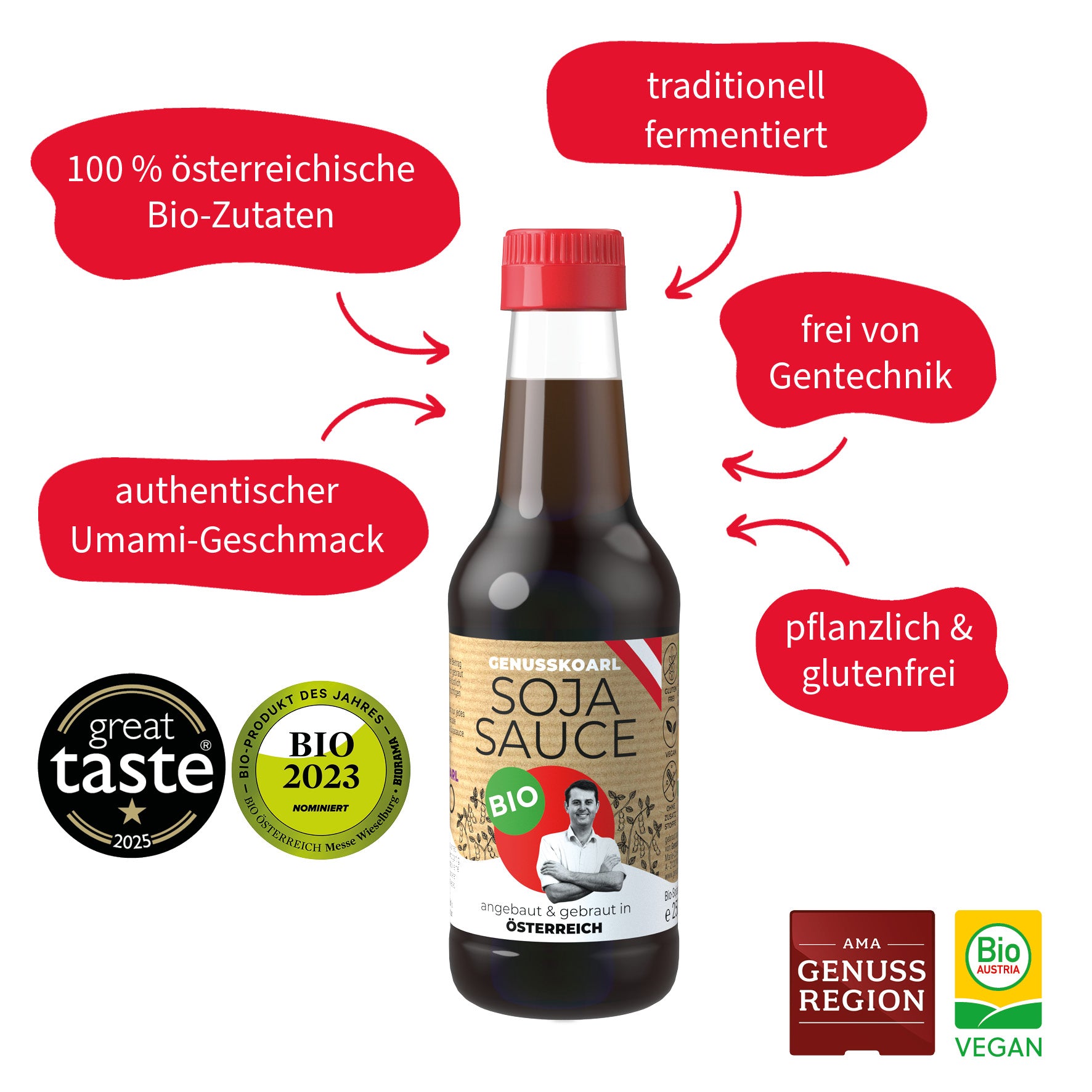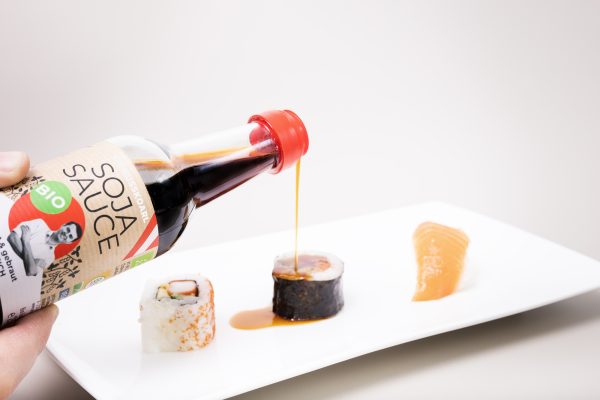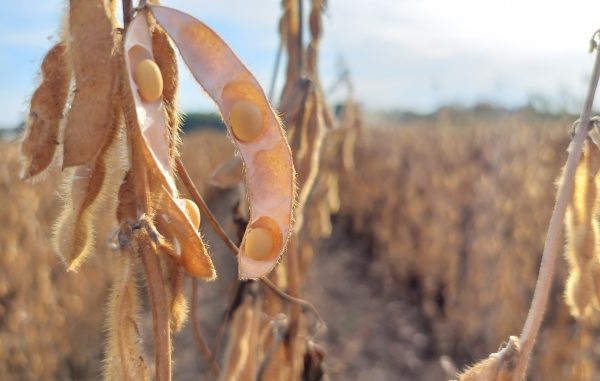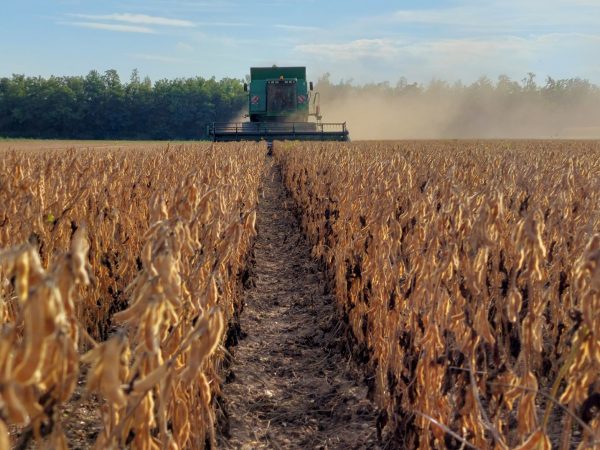Organic soy sauce
Organic soy sauce
Couldn't load pickup availability
Description
Description
FOR FOOD PEOPLE WHO WANT TO ENJOY REGIONAL AND INTERNATIONAL
Our soy sauce not only tastes good, it also does something for the environment. Brewed from the best Austrian organic soybeans and organic wheat, this traditional seasoning sauce does not have to be transported long distances to us to impress with its taste. The result is a spicy soy sauce with a soft taste and a wonderful, fruity finish that leaves you wanting more.
With this seasoning all-rounder, it's not just Asian dishes that become a poem. It gives meat dishes, soups, stews and dressings a wonderfully spicy aroma without the addition of flavor enhancers.
The soy sauce is brewed according to our purity laws and only contains four ingredients: soybeans, wheat, salt and water.
The soybeans and wheat, like all of our raw materials, are grown in Lower Austria according to the strict Bio Austria standards. Of course, this also means that the soybeans are GMO-free.
Finally, some good news for people with gluten intolerance: our soy sauce is gluten-free .
We have had all previous batches tested by an accredited laboratory and no gluten could be detected. Of course, we will also have all future batches tested.
Brewing process
Brewing process
Soy sauce has been brewed for thousands of years from the ingredients soybeans, wheat, salt and water. We rely on the traditional methods of the great Japanese master brewers and their perfection. The manufacturing process consists of three steps.
1. KOJI FERMENTATION
In this first step of fermentation, soaked soybeans are cooked and, after cooling, mixed with roasted and crushed wheat. This mixture is then inoculated with spores of the noble mold Aspergillus flavus var. oryzae . The mold grows through the entire mixture within 48 hours and produces enzymes that are needed in the second step.
2. MOROMI FERMENTATION
The finished koji is now mixed with water and salt to form a mash. This mash is called Moromi and is now aged in tanks for several months. The growth of the noble mold is prevented, but the enzymes are still active. These now break down the existing protein into free amino acids, which are responsible for the umami taste. A more detailed description of the brewing process can be found here on Wikipedia .
3. PRESSING & FILLING
After several months, the soy sauce is ready and the Moromi mash is pumped into fabric bags and gently pressed overnight. The now raw soy sauce is pasteurized and stored for further short maturation. After this storage, the soy sauce is filleted and bottled.
Ingredients
Ingredients
Organic soybeans from the Hollabrunn district, Lower Austria
Organic wheat from the Hollabrunn district, Lower Austria
Salt uniodized from the Salzkammergut, Upper Austria
Water
Nutritional values
Nutritional values
Available in 250ml glass bottles and 5l canisters.
Average content per 100 ml
Energy 271 kJ / 64 kcal
Fat 1.3g
of which saturated fatty acids 0.3 g
Carbohydrates 6.6g
of which sugar 0.5 g
Protein 4.5 g
Salt 14.0 g
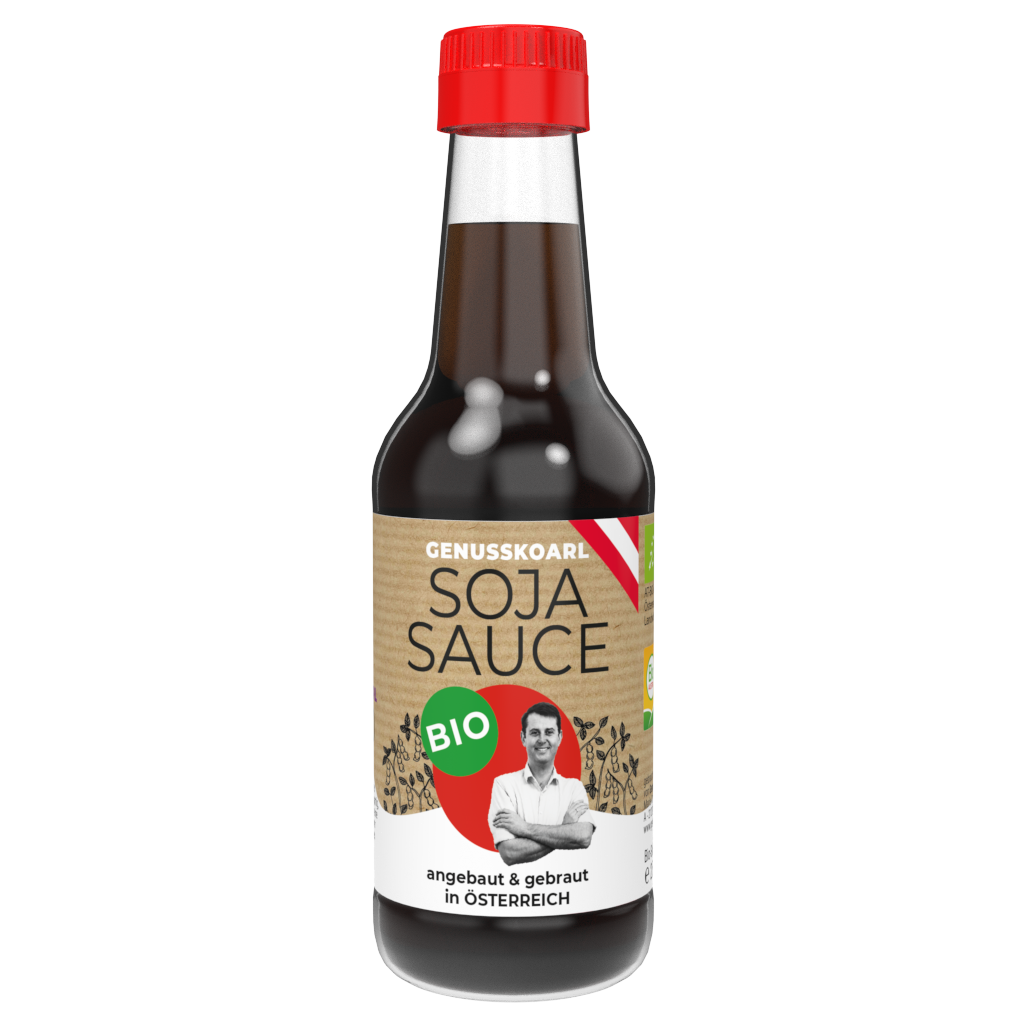
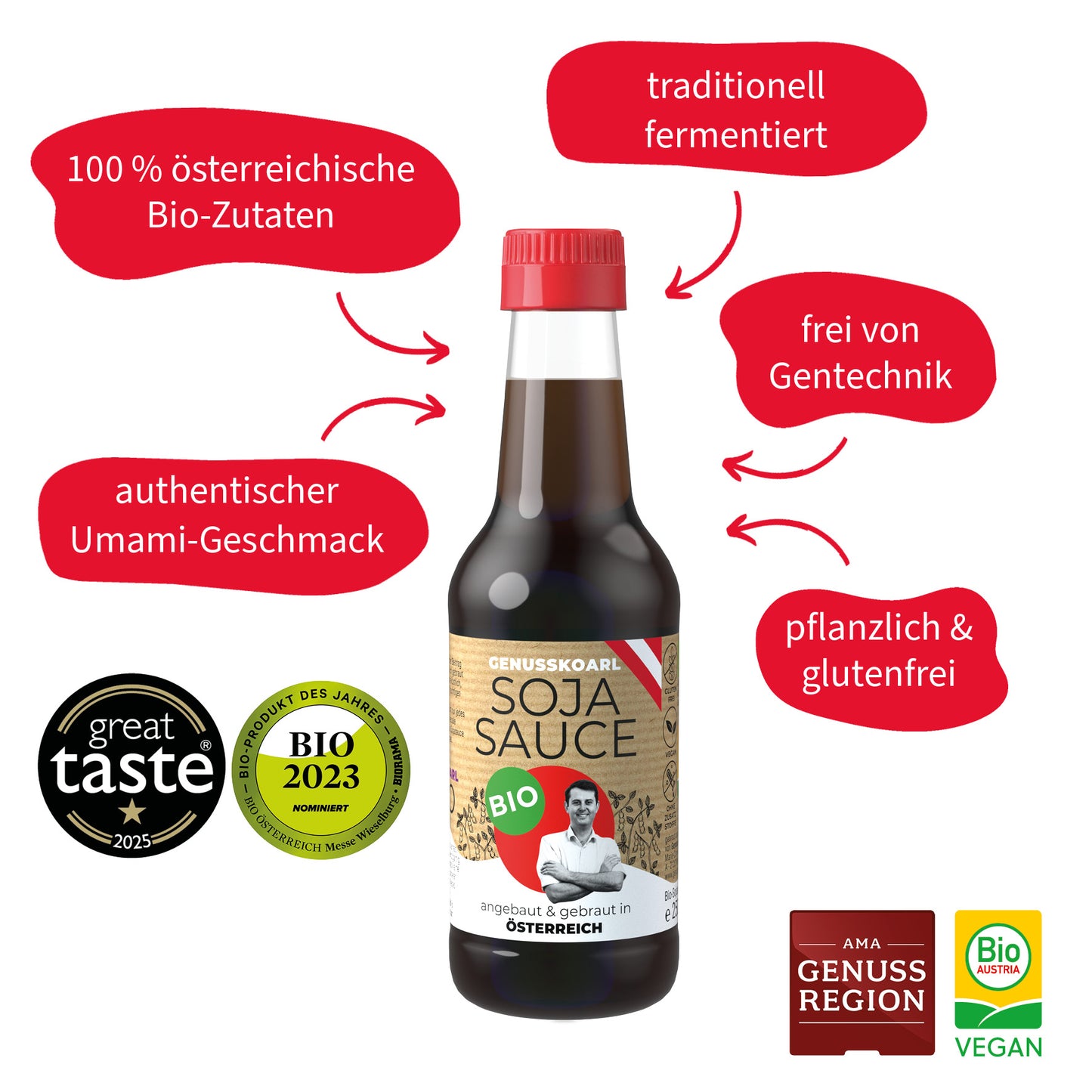
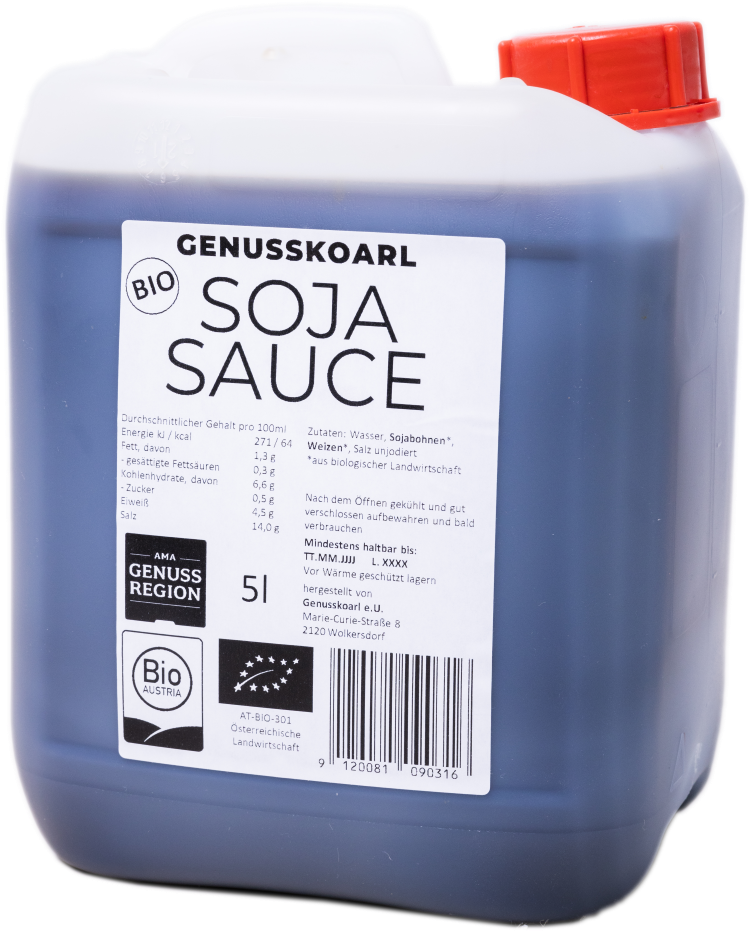
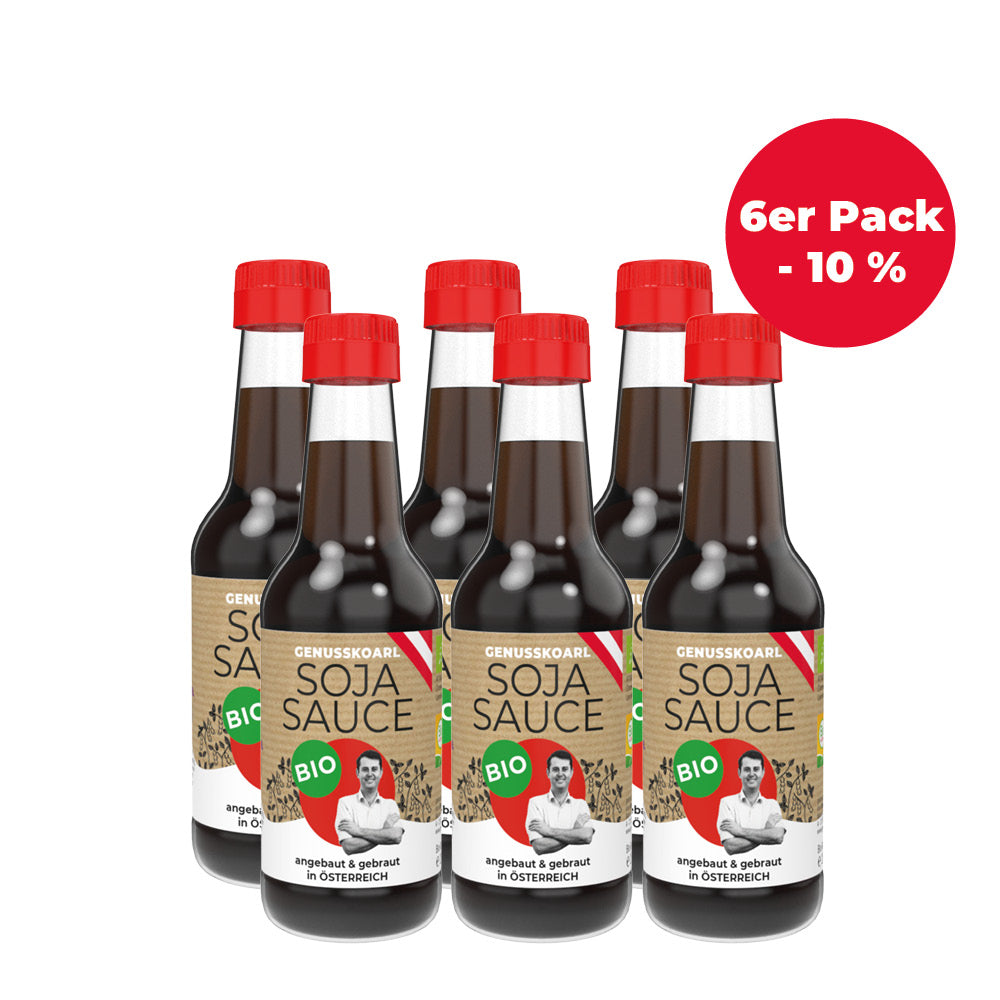

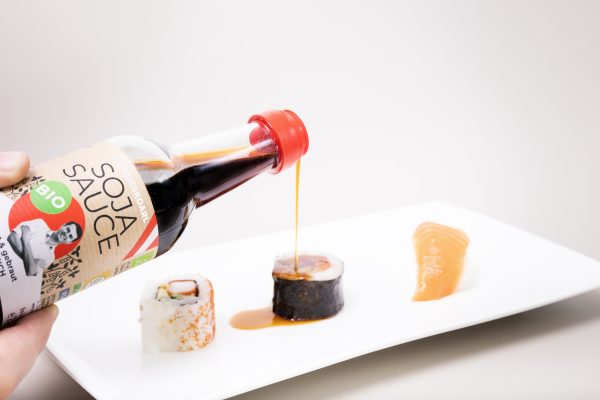
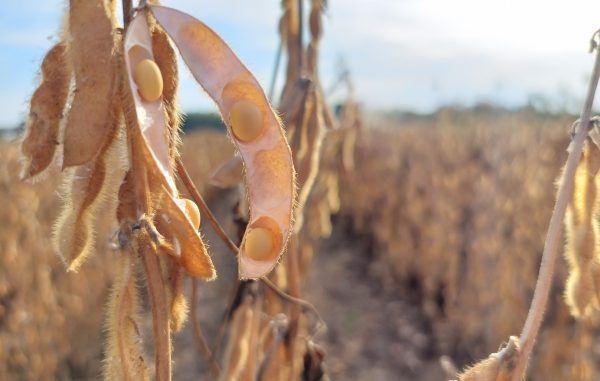
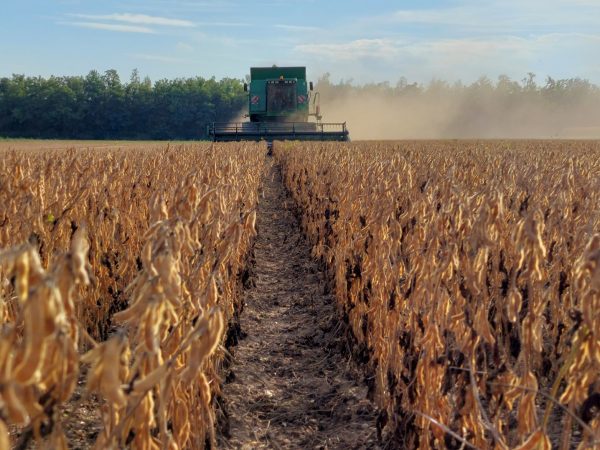

Gluten free soy sauce

Among the soy sauces, Tamari sauces are known for being gluten-free as no wheat is used in their production. However, our soy sauce is a shoyu, meaning it is brewed from the ingredients soy, wheat, salt and water. So why is it still gluten-free?
The short answer - fermentation breaks down all of the gluten
Collapsible content
How can we at Genusskoarl ensure that there really is no gluten present?
Each batch is tested in an accredited laboratory. Gluten-free according to EU law means less than 20ppm. Analyzes usually no longer detect gluten at all. To do this, we follow the standard of the Austrian Celiac Disease Society .
Why is the wheat still in BOLD?
Gluten is just one aspect of wheat. There are also people who are generally allergic to wheat. Therefore, WHEAT must also be printed in bold or CAPITALIZED for gluten-free products become. Regardless of whether gluten is present.
This is regulated in the European Union's Food Information Regulation and is therefore regulated the same throughout the EU.
What limits are there for gluten-free products?
The same limit applies to our gluten-free shoyu (soy sauce) as to all other foods. Gluten-free foods may not contain more than 20ppm gluten.
How can you imagine 20ppm? 20ppm corresponds to 20mg per kilogram. Or a fortieth of a pinch of flour in a kilo of sugar.
What is gluten?
Gluten is defined as the part of the storage protein in wheat that is not soluble in liquids (water, alcohol, salt solutions, etc.). Bakers often refer to gluten as glue or gluten protein.
Another reason why gluten can hardly be found in soy sauce. In the press cake that is produced during production, the whole thing looks completely different.
This protein can cause the disease celiac disease in people. Anyone who receives this diagnosis must eat a gluten-free diet permanently. In-depth information on this is very well prepared by the Austrian Celiac Disease Working Group. There is more detailed knowledge about this topic here:
Recipe ideas with our organic soy sauce
-
LEMON THYME CHICKEN WINGS WITH MISO CORN
Click here for the recipeFor chicken wings, we like to use our lemon-thyme marinade with soy sauce and serve wonderful, tasty miso corn on the cob as a side dish. This recipe is not only easy to follow, but tastes simply delicious.
-
MISO MELANZANI
Click here for the recipeOur recipe for Miso Melanzani is not only wonderfully simple, but it also tastes wonderfully good. The recipe is suitable as a vegan main dish when served with rice, but it can also be served as a vegetable side dish. This is how an Asian dish is created from regional ingredients. Asia goes Austria.
Genusskoarl
Organic soy sauce
Share











